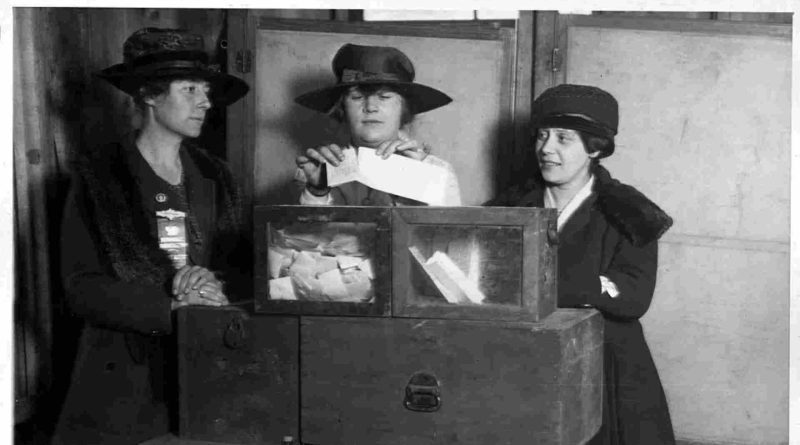Wyoming’s Trailblazing Women: Celebrating 150 Years of Suffrage
A century and a half of female suffrage in Wyoming warrants a grand celebration, and the state is pulling out all the stops.
Back in 1870, long before the 19th amendment paved the way for women’s voting rights across the United States, Louisa Swain made history by casting her ballot in Laramie, Wyoming. This monumental act was made possible by a law passed the previous year in the Territory of Wyoming, granting women over 21 the right to vote and hold public office.
Kim Viner, a docent at the Laramie Plains Museum, explains that while the law granted voting rights, it wasn’t inclusive of all. Native Americans and Chinese immigrants were excluded due to citizenship requirements, and although black women were technically allowed to vote, records of their participation are scarce. Only 93 women were recorded voting in Laramie in 1870, with Louisa Swain standing out as the sole named voter.
Swain’s vote marked a significant milestone, making her the first woman in the United States to legally vote at par with men. Wyoming’s progressive stance on women’s suffrage influenced other territories and states, with Utah, Washington, and Montana following suit in subsequent years. When Wyoming entered the Union in 1890, its state constitution enshrined women’s voting rights, setting a precedent for others to follow.
Yet, the motivations behind Wyoming’s pioneering move weren’t solely altruistic. William Bright, a territorial legislator, championed women’s suffrage partly out of opposition to granting black men voting rights. The law’s passage was also influenced by desires to increase the territory’s population for statehood and to attract more women as potential spouses. Nonetheless, some officials genuinely believed in the cause.
The exact reasons for Wyoming’s embrace of women’s suffrage remain unclear, as historical records of the legislative debates are scant. Senator Affie Ellis suggests that matriarchal Native American societies in the region might have played a role, given their traditions of female leadership and property ownership.
Wyoming’s commitment to women’s rights extends beyond suffrage. The state boasts several pioneering women, from Esther Hobart Morris, the first female justice of the peace, to Nellie Tayloe Ross, the first woman governor in the United States. In 1889, Wyoming even threatened to delay statehood unless its laws granting equality to women were upheld.
To commemorate 150 years of women’s suffrage and honor the state’s remarkable women, a series of events and retreats are planned throughout the year.
The reopening of the Wyoming Capitol, scheduled for mid-2019 after extensive renovations, will provide visitors with insights into the state’s suffrage history. The Territorial House Chamber, where the suffrage law was upheld, will feature prominently in tours.
The annual reenactment of Louisa Swain’s historic vote, organized by The Louisa Swain Foundation, promises to be a poignant reminder of Wyoming’s trailblazing past. Educational programs and exhibits at the Wyoming House for Historic Women will further explore the state’s suffrage legacy.
The Proud Wyoming Woman Retreat, initiated by Jenissa Meredith, will continue its mission of celebrating Wyoming’s women and their enduring pride. Networking opportunities and educational sessions will highlight the contributions of historical women to the state’s development.
“Women in Wyoming,” an exhibit at the Buffalo Bill Center of the West, will showcase contemporary trailblazers through portraits and interactive displays. The exhibit coincides with the 150th anniversary of women’s suffrage, offering inspiration to women in rural Wyoming.
Casper’s Nicolaysen Art Museum will kick off a “Year of the Woman” in 2020, featuring exhibits by female artists. The museum’s commitment to showcasing local talent reflects its origins, founded by women in 1967.
Wyoming’s celebration of women’s suffrage is not just a commemoration of the past but a testament to the state’s ongoing commitment to equality and progress.

